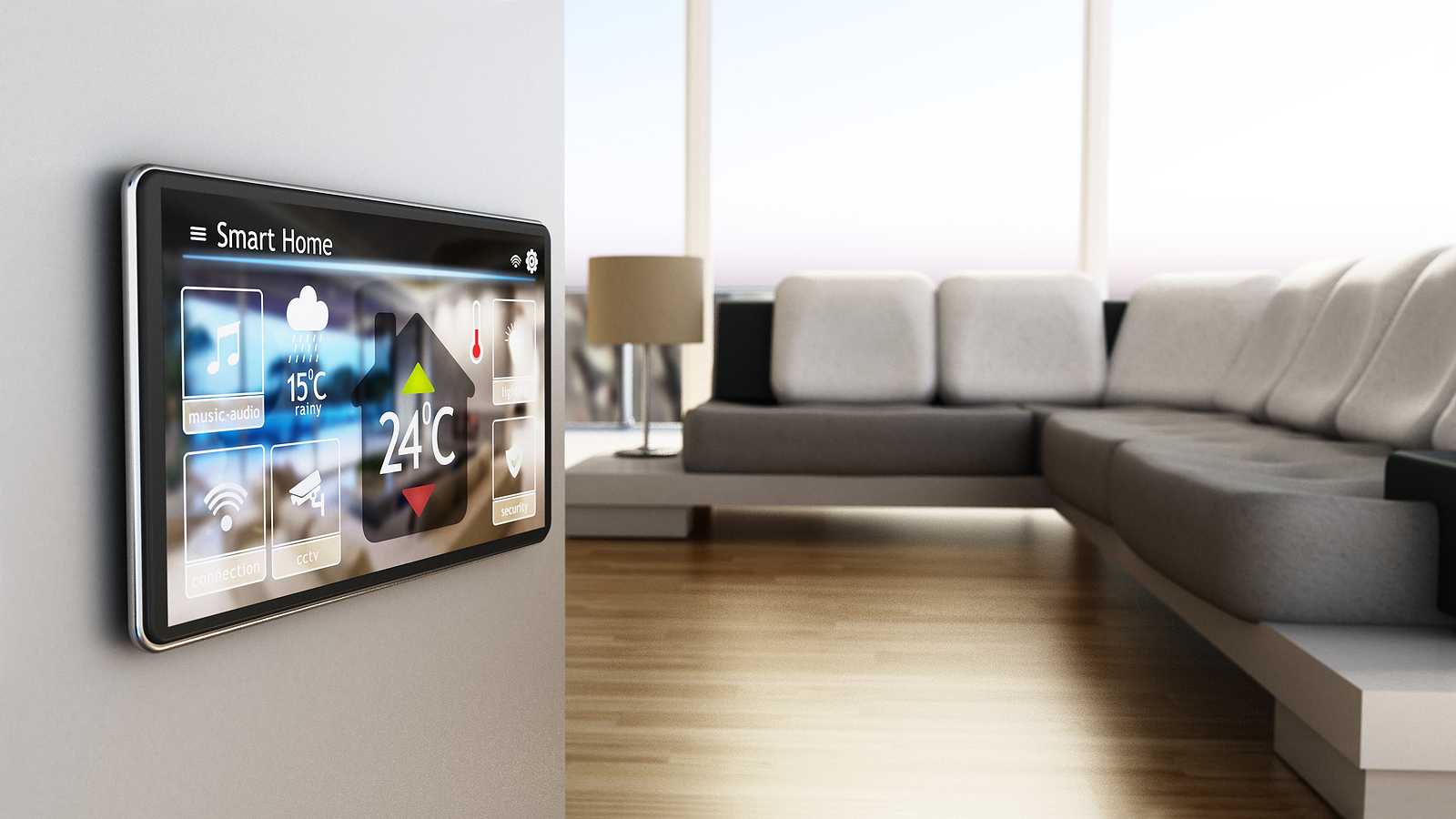There is a lot being said about smart home technology these days, but is it just the latest buzzword, or will it really save you money? Smart technology for the home can encompass a wide variety of gadgets, from smart appliances to smart home hubs like Amazon Alexa. In the HVAC world, smart thermostats have become increasingly popular among homeowners trying to keep their homes comfortable while conserving energy and saving money. Here’s the lowdown on smart thermostats and how they could help you save money on your heating and cooling costs. Traditional, Programmable, and Smart Thermostats: What’s the Difference? First things first, let’s distinguish between the different types of thermostats available. A traditional, or “old-school” thermostat is a very simple device on the wall that allows you to manually control the temperature in your home by turning a dial. If you live in an older home or apartment, you might have this type of thermostat. A traditional thermostat is the least expensive option available. A programmable thermostat is a digital device that allows you to program a temperature schedule for your home — i.e., you can set it to turn the heat or air conditioning up or down at specific times throughout the day. Programmable thermostats are middle of the road as far as pricing goes. They’re more expensive than traditional ones, but still more affordable than smart thermostats. A smart thermostat lets you control even more than a programmable thermostat does through high-tech features like Wi-Fi connectivity, self-monitoring, predictive controls, and more. Plus, you can control a smart thermostat from either a digital wall panel or a smartphone app, so you can adjust your home’s climate wherever you are. A bigger investment than a traditional or programmable thermostat, smart thermostats can cost anywhere from $100-$500 or more, depending on the brand, model, and features. How Does a Smart Thermostat Save Energy? Smart thermostats have the potential to provide significant energy savings — in many cases, enough to recoup their cost within a year or two. Here’s how they do that. It Can Tell If You’re Home or Not This may sound like the beginning of a horror movie, but rest assured, there’s no evil villain at work here. One of the ways a smart thermostat reduces energy consumption is by tracking your location via your smartphone and adjusting your home’s temperature accordingly. For instance, when you leave for work in the morning and reach a certain distance from home, your smart thermostat will read your location and automatically turn down the heat or A/C to save energy. Then, when you’re on your way home and come within a certain distance of your house, the thermostat will turn up the heat or A/C again. This way, you save energy on heating and cooling costs while maintaining a comfortable temperature in your home…all without you having to lift a finger. With Self-Programming Features, It Can Learn Your Preferences With a smart thermostat, you don’t have to spend time programming an exhaustive custom schedule (unless you want to). The device can learn your habits and preferences and create a schedule accordingly. It can take a couple of weeks or so for the device to learn your habits. In that time, you can simply adjust the temperature from your smartphone app or wall panel to help it learn what temperature you like at what time of day. Eventually, it will make those changes automatically. It Monitors Your Energy Consumption A smart thermostat will also track your usage patterns to show you how much energy you’re using as well as a comparison between your set temperatures, actual room temperatures, and outside temperatures. Some of them will even compare your usage with that of the average home...
Read More
10
May



